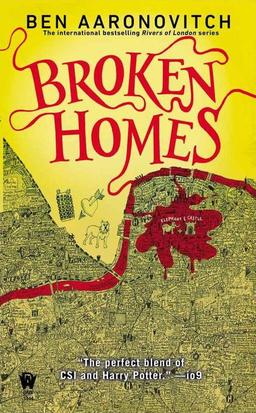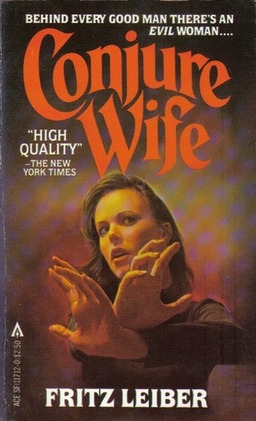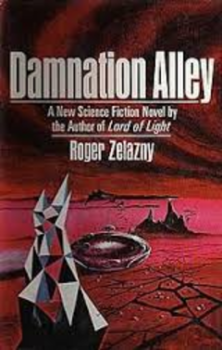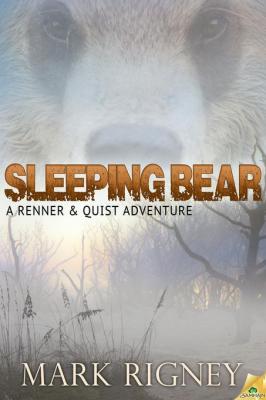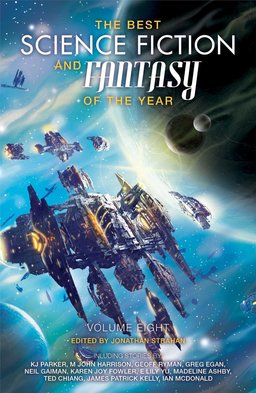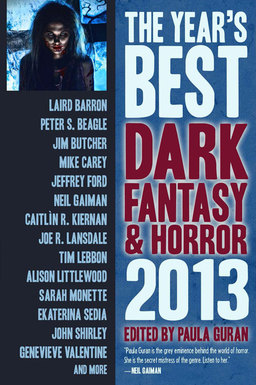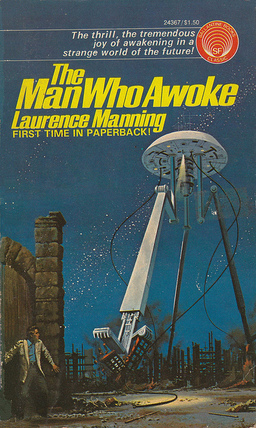Vintage Treasures: The Last Planet by Andre Norton
 Andre Norton’s The Last Planet may have been the first Ace Double I ever saw.
Andre Norton’s The Last Planet may have been the first Ace Double I ever saw.
Memory is a tricky thing, so I can’t really be sure. It may have been Daybreak — 2250, which sat enticingly in the spinner racks of the St. Francis Junior High School library in Halifax, Nova Scotia. But The Last Planet was almost certainly the first Ace Double I laid eyes on which I was aware was an Ace Double, with a sister book on the flip side and everything (in this case, Alan E. Nourse’s futuristic thriller A Man Obsessed.)
By then, I had begun to build my own collection of SF paperbacks and this fascinating relic of early SF adventure helped pull me towards the entire Ace Double line, like a shipwrecked sailor drawn towards a desert island. A big, lush desert island with a gorgeous library.
It’s Harry Barton’s classic cover for the 1955 paperback that really did it for me. I’ve never read The Last Planet — it took me years just to track down a copy — but nonetheless it has loomed large in my imagination for decades. Three stalwart space explorers, walking through the ruins of an alien city as their crashed spacecraft cools in the foothills behind them, about to stumble upon a metal robot, hiding in the rubble and clutching a rudimentary weapon.
How could it not? For me, at least, it’s one of the signature works of 20th Century SF artwork.
In the years that I searched for a copy, I imagined the story of those three explorers. Would they shoot the robot? Was it friendly? Could be friendly, with those big google-eyes and curious gaze. Those red-shirted explorers looked awfully trigger happy though, with their steely gazes and twitchy hands on their futuristic sidearms. Lords knows, you can’t blame a redshirt for being trigger-happy on an away mission.
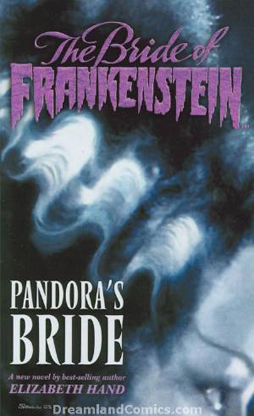 February is
February is 